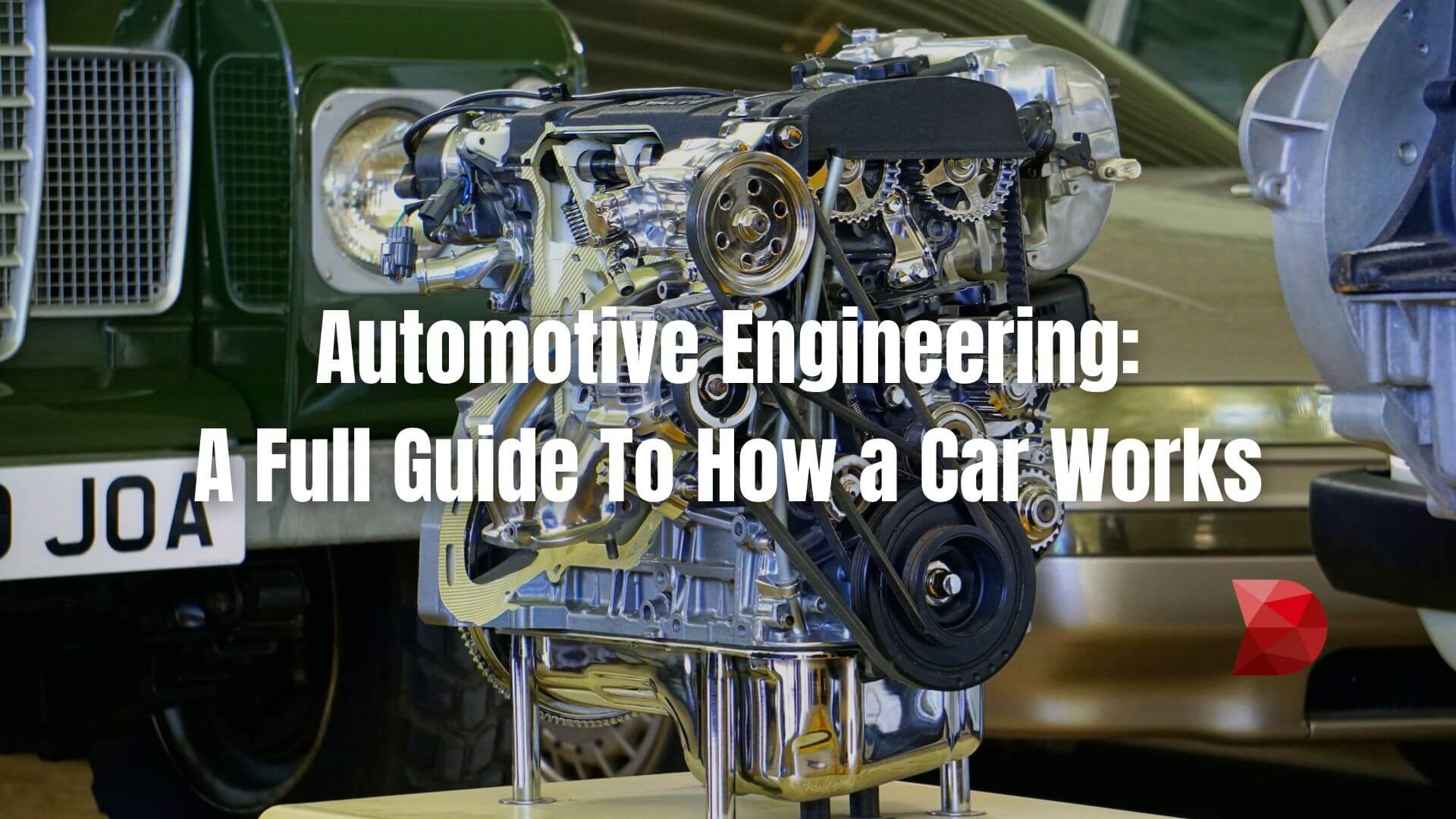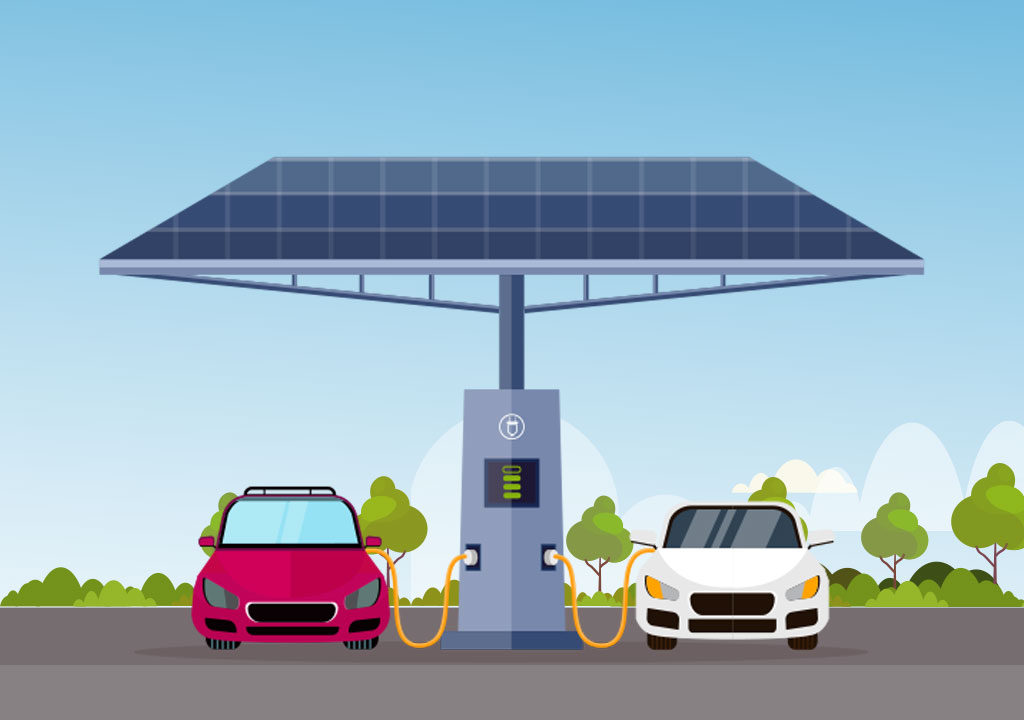Have you ever wondered how that sleek machine in your driveway, or the one you see zooming down the highway, actually works? Cars are marvels of modern engineering, and understanding their basic principles can be fascinating and empowering. In this beginner’s guide to automotive engineering, we’ll delve into the inner workings of cars and demystify the science behind their operation.
The Essence of a Car
At its core, a car is a complex machine designed for one primary purpose: to transport people and goods efficiently from one place to another. Achieving this seemingly simple goal involves intricate engineering, physics, and a combination of various systems working in harmony. Let’s break it down step by step.
- Power Source: The Engine
The heart of any car is its engine. Most modern vehicles use internal combustion engines that run on either gasoline or diesel fuel. These engines work on a basic principle: burning fuel inside cylinders to generate power. This power is then transmitted to the wheels to propel the car forward.
The engine’s operation can be broken down into four key strokes: intake, compression, power, and exhaust. During each of these strokes, the engine’s internal components, such as pistons and valves, move in a precise sequence to maximize efficiency and power output.
- Transmission: The Gearbox
To control the speed and direction of the car, there’s a transmission system. It serves as the intermediary between the engine and the wheels, allowing you to shift between different gears. In simple terms, lower gears provide more power for acceleration, while higher gears offer greater speed and fuel efficiency on the highway.
- Fuel and Air Mixture: The Carburetor or Fuel Injection
Engines require a precise mixture of fuel and air to burn efficiently. Older cars used carburetors to mix air and fuel, while modern vehicles utilize electronic fuel injection systems that provide better control and efficiency. These systems ensure the engine runs smoothly and cleanly.
- Steering and Suspension: The Road Connection
The steering and suspension systems are responsible for keeping the car stable and allowing you to control its direction. The suspension system includes components like springs and shock absorbers, which absorb bumps and keep the tires in contact with the road. Meanwhile, the steering system lets you change direction with ease, using either a mechanical linkage or a more advanced electronic power-assisted system.
- Brakes: Slowing Down and Stopping
Safety is paramount, and that’s where the braking system comes into play. When you press the brake pedal, it activates a hydraulic system that squeezes brake pads against the spinning brake discs (or drums) to slow down or stop the car. This vital component ensures you have control over your car’s speed and can bring it to a halt when needed.
- Electrical System: Powering Everything Else
In today’s cars, electronics play a significant role. From the lights and entertainment systems to engine control units and safety features, the electrical system keeps everything running smoothly. Batteries and alternators work together to provide power to these essential components.
- Exhaust System: Managing Emissions
As your car burns fuel, it generates exhaust gases that need to be managed. The exhaust system includes a catalytic converter, which helps reduce harmful emissions, and a muffler to reduce noise. Ensuring that your car’s exhaust system is in good working order is essential for both the environment and your driving experience.
- Tires and Wheels: The Contact Points
Finally, your car’s tires and wheels are its direct connection to the road. The tire’s grip, size, and inflation pressure affect how your car handles and performs. Proper maintenance of these components is crucial for safety and performance.
Conclusion: The Sum of Its Parts
In this beginner’s guide to automotive engineering, we’ve scratched the surface of how cars work. They are the result of decades of engineering innovation, with countless components working together to provide us with the ultimate convenience – personal transportation.
Understanding these basic principles not only deepens your appreciation for the engineering marvels that are cars but also empowers you as a driver. You’ll be better equipped to make informed decisions about maintenance and repairs, and you might even find yourself tinkering under the hood someday. So, next time you start your car, take a moment to appreciate the intricate symphony of science and engineering that brings it to life.




